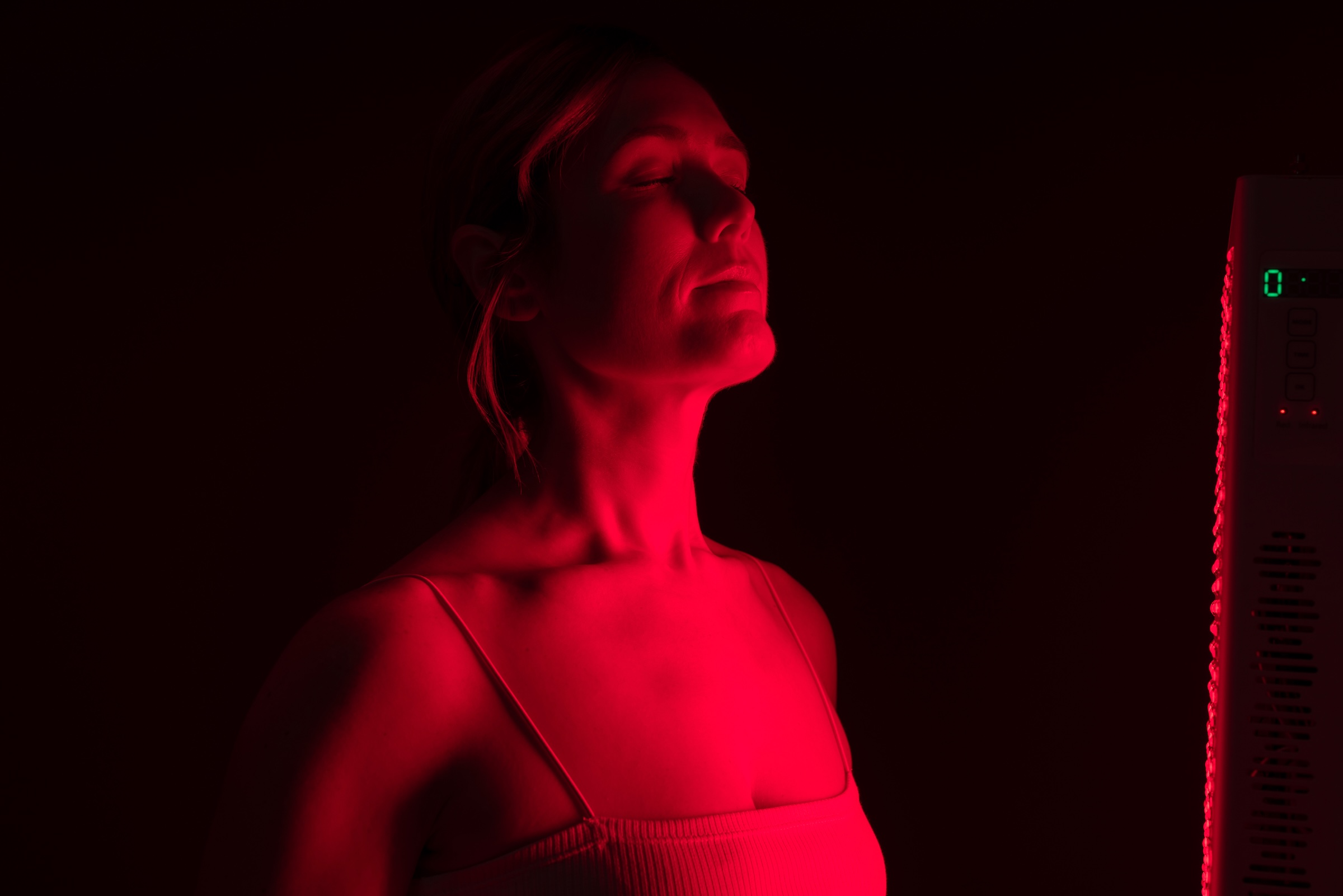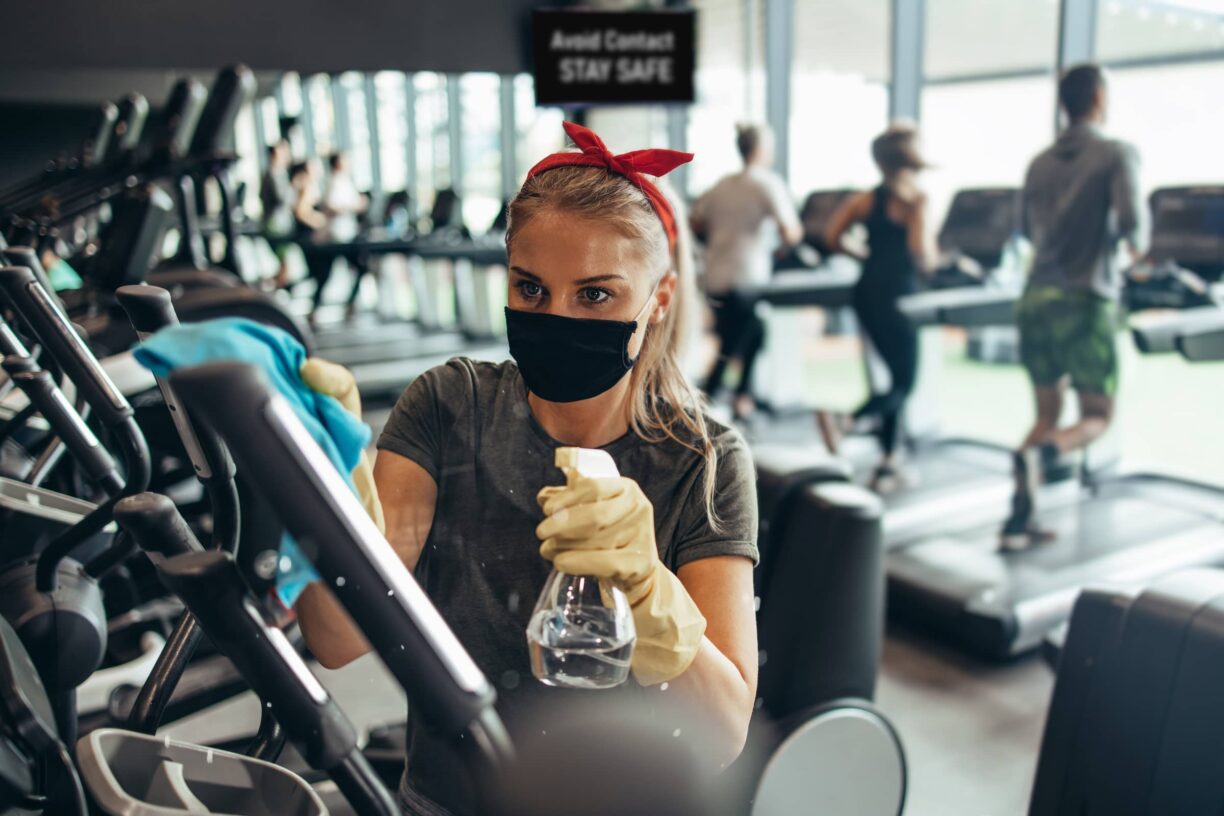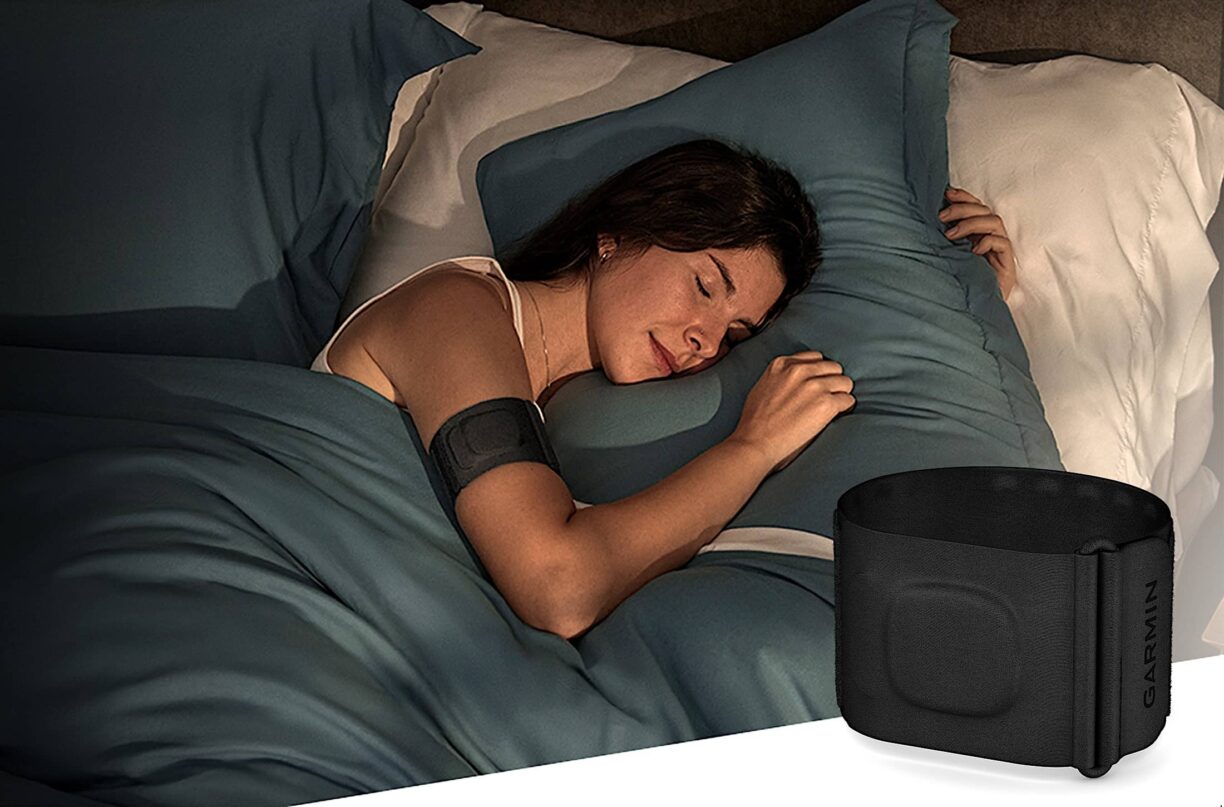A few years ago, red light therapy was considered a luxury, with limited presence in high-end spas and medical clinics. However, it has witnessed a surge in its popularity as the technology becomes more available to users.
While you can buy a portable red light therapy device for therapy sessions at home, you must know how to use it.
Here are 6 common mistakes you should avoid while using red light therapy at home.
- Setting the Red Light Therapy Device at an Incorrect Distance
While it is important to invest in the best red light device to get the best results, you must know how to use it. You need to keep the device at a particular distance from your skin to get the desired results.
The distance determines how much light actually reaches your skin. Being too close to the device might lead to overheating and cause damage to the skin.
On the other hand, setting it far away from your skin could result in insufficient light absorption. Based on your dermatologist’s recommendation, you need to keep it at the right distance. Ideally, the device should be placed 12-36 inches away from your body.
- Buying a Device of the Wrong Size
Another common mistake people make in red light therapy is investing in a device of the wrong size. If you are looking for a full-body treatment, you should buy a larger panel device.
If you are looking for something portable that can be used on multiple areas of your body, it is better to invest in a smaller, targeted device.
Always determine the ideal size of the red light therapy device based on your treatment needs before investing.
- Using Red Light Therapy for Incorrect Duration
Ideally, the red light therapy sessions last for about 10-20 minutes. However, the duration may vary depending on the area of the body you are treating and your treatment goals.
Since everyone’s body responds differently to red light therapy, your healthcare provider may suggest a specific timeframe for each session based on your physical condition and other major factors.
If the sessions are shorter than recommended, they may not yield noticeable results. Also, if they are longer than recommended, the sessions may not be effective at all.
- Wearing Clothes or Sunscreen During the Session
You must have noticed how covering your skin with clothing or sunscreen prevents UV light from reaching it. The same goes for red or near-infrared (NIR) lights.
Even though sunscreens are specially designed to shield your skin against harmful UV rays, they can also act as a barrier to red and NIR light, limiting their effectiveness.
Wearing makeup or covering the affected areas with clothes can have the same effect. To maximise the impact of red light therapy, ensure the light touches your skin directly, with no clothes, makeup, or sunscreen blocking its path.
- Not Staying Hydrated
A lot of people do not know this, but drinking adequate amounts of water may enhance the impact of red light therapy. It is believed that hydrated cells have more energy stored, which could potentially boost the therapy’s effectiveness.
While more studies are required in this area to confirm the legitimacy of this practice, staying hydrated has other proven benefits as well. If you are not hydrated while going under the red light therapy, it may delay your progress.
- Not Tracking Your Progress
Red light therapy is a gradual process. If you are expecting to see overnight results, this is not the ideal option to consider. However, if you have the patience to see your skin gradually improving, red light therapy has the potential to deliver some amazing results.
Over the course of multiple sessions, you may start noticing a slight improvement in your skin health. You can track the process by taking photos of your skin.
If you are using the therapy to treat issues like joint pain or injury recovery, keeping a journal can help you monitor improvements over time.
Conclusion
You can easily avoid all these mistakes by consulting a dermatologist or other medical practitioner before investing in a red light therapy device for home.
They can guide you on how to use the device and what measures you should take to get the most out of your sessions.





